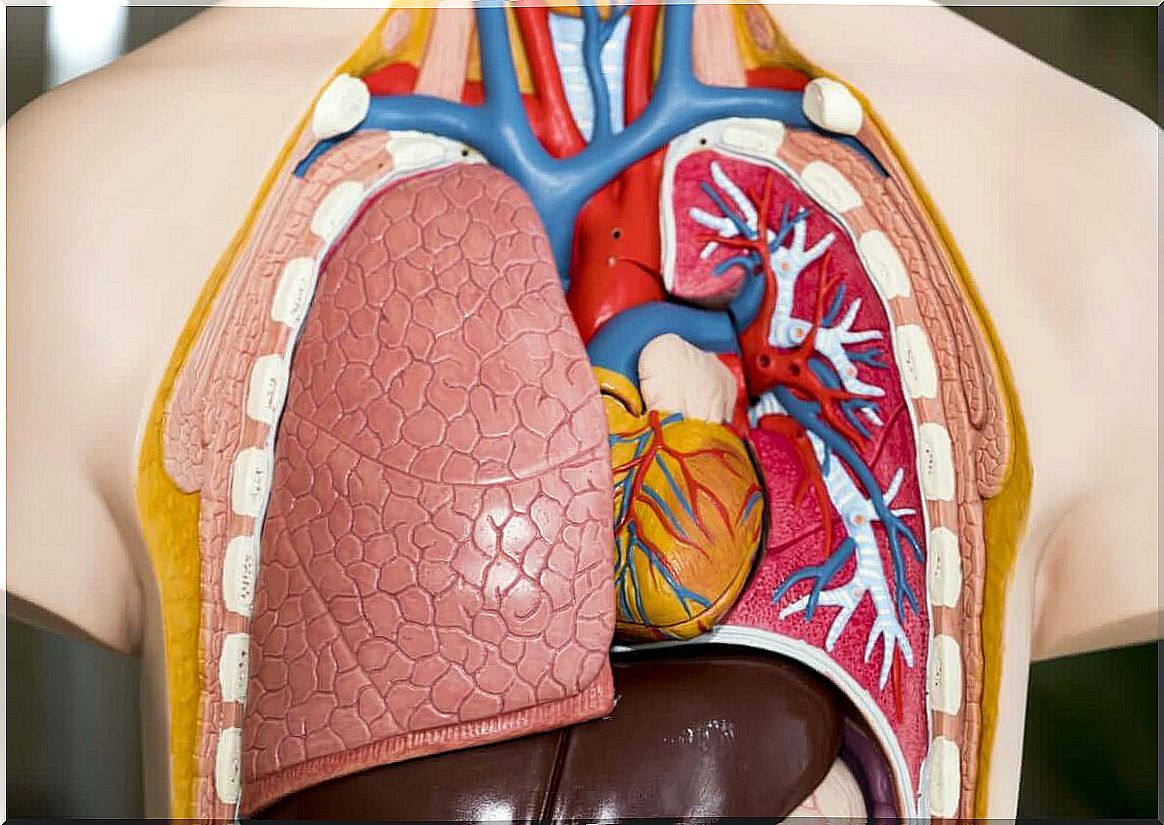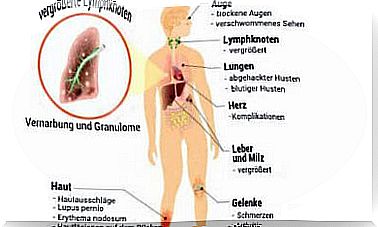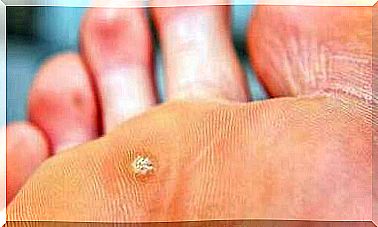Lung Transplant: Worth Knowing
A lung transplant is a procedure that has evolved over time. The numbers are getting more and more encouraging. A person undergoing this type of surgery needs ongoing emotional support. She also needs a lot of discipline to change her lifestyle.

A lung transplant is a surgical procedure. This involves replacing a diseased (or both) lungs with a healthy one. The replacement lung comes from a deceased donor. It is a difficult procedure. However, this procedure significantly improves the patient’s quality of life.
The first successful lung transplants were performed in the 1960s by Dr. James D. Hardy and then in 1968 by Dr. Denton A. Cooley performed. The first patient was a two month old girl with congestive heart failure and recurrent pneumonia.
Health professionals use this procedure when a patient has terminal lung disease. It is also used for serious illnesses for which conventional treatments cannot help. Lung transplant candidates must meet certain requirements.
Why is a lung transplant done?
A lung transplant usually occurs when all of the other available treatments have not worked. In general, this surgery is suitable for people under the age of 75 who have severe lung disease.
Below are some of the diseases that can lead to a lung transplant:
- Chronic obstructive pulmonary disease (COPD)
- Cystic fibrosis
- Pulmonary hypertension
- Pulmonary fibrosis
- Bronchiectasis
- Sarcoid

Requirements for a lung transplant
As mentioned above, patients must meet certain requirements for a lung transplant. Here are some of the requirements that doctors consider:
- Age : Patients must be 75 years or younger. However, patients 55 years of age and older are considered to be at higher risk.
- Body mass index : it shouldn’t be higher than 35.
- Risk of Death : Patients who have a 50% risk of dying in the next two years if they do not get the transplant.
- Chances of survival after transplant : Measured against the general health of the patient.
- Readiness for action: The transplant recipient should make a commitment not to smoke again, not to use psychoactive drugs , and to participate in a pulmonary rehabilitation program .
Those who have an active infection cannot have a transplant. This also applies to patients who have had cancer in the past two years. This also applies to serious health problems in another organ. Malnourished patients, as well as those who do not have postoperative support to guarantee compliance with post-transplant treatment, will also not be transplanted.
Lung Transplant Risks
A lung transplant is a complicated operation. It is associated with considerable risks. The main ones are rejection and infection. The former occurs when the patient’s immune system attacks the new lung or lungs.
Anti-rejection drugs can prevent this from happening . However, they do have side effects such as weight gain, stomach problems, and facial hair growth. These drugs also make a person more susceptible to other diseases. For example, these are diabetes, osteoporosis, kidney failure and high blood pressure.
Therefore, the patient must follow strict hygiene measures after a transplant. This includes, for example, crowds or avoiding sick people. Another possible risk is the formation of blood clots due to increased blood clotting.
The method
The process of a transplant begins long before surgery. After a patient has been examined and found suitable, the hospital places them on a waiting list. He stays there until a donor is found.
While waiting for a donor, the candidate must follow his doctor’s lifestyle instructions. As soon as a lung is available for the procedure, compatibility with the patient is checked. If the patient tolerates the lungs, the medical professionals can perform the transplant.
Preparing for a lung transplant
A patient on a transplant waiting list should be ready to answer the call from the transplant coordinator at any time. The patient should have a suitcase with their personal items and regular medication ready.
When the patient arrives at the hospital, they will undergo a series of tests. One of these tests concerns the compatibility of the lungs with the patient. Doctors also assess his general health. If you have any doubts, you can cancel the procedure. If everything is fine, the operation will be performed almost immediately.
The lung transplant itself
Lung transplants are performed under general anesthesia. If a single lung is transplanted, the operation takes anywhere from four to eight hours. If both lungs are transplanted, it can take between six and twelve hours .
Here are the steps of the procedure:
- First, the doctor activates an external circulatory system ( heart-lung machine ).
- If only one lung is to be transplanted, an incision will be made on the side of the chest.
- If both lungs are to be transplanted, an incision is made below the rib cage. This runs on both sides of the chest.
- Then they remove one or both of the lungs. Then they connect the blood vessels and airways of the new organs to the patient’s body.
- Drains are inserted to remove air, fluid, and blood from the chest. They stay there for several days until the new lungs expand normally.
- As soon as the lungs work, the doctors remove the heart-lung machine.
Postoperatively
The patient must remain in the hospital for a period between 7 and 21 days. He will likely have to spend several days in the intensive care unit after the operation. However, each medical center has its own protocol.
The first 24 to 48 hours are crucial. During this time, doctors carefully monitor the patient. They assess the lungs, heart, kidneys, and state of mind . Likewise, make sure there is no bleeding.

More on this: Artificial ventilation via a tube
recovery
The recovery time is about six months. In the first three months , the doctor closely monitors and evaluates the function of the lungs. This way, the doctor can spot any complications ahead of time.
In this first phase, the patient has to visit the hospital frequently. Tests are done there, including x-rays, biopsies, laboratory tests, and electrocardiograms. Doctors also monitor the patient’s response to the medication.
After this phase, the patient needs to make changes in their life. This includes taking immunosuppressants and regularly participating in therapies and check-ups. The first year after a lung transplant is the most critical. After the first year, all risks start to decrease.
In most cases, the patient will need to see their doctor weekly for the first three months. After that, quarterly check-ups are required for a year. Only then does an annual visit follow for the next five to 10 years.
Long-term survival after a lung transplant
According to the available data, the average life expectancy after a lung transplant is 5.8 years. This depends on the person’s pre-existing medical condition. People with cystic fibrosis can survive eight or more years after surgery.
Patients with idiopathic interstitial pneumonia (IIP) survive an average of 4.8 years. 32% of lung transplant patients live 10 years or more. The highest risk of death is during the first 12 months. Therefore, the medical controls are intensified during this time.









